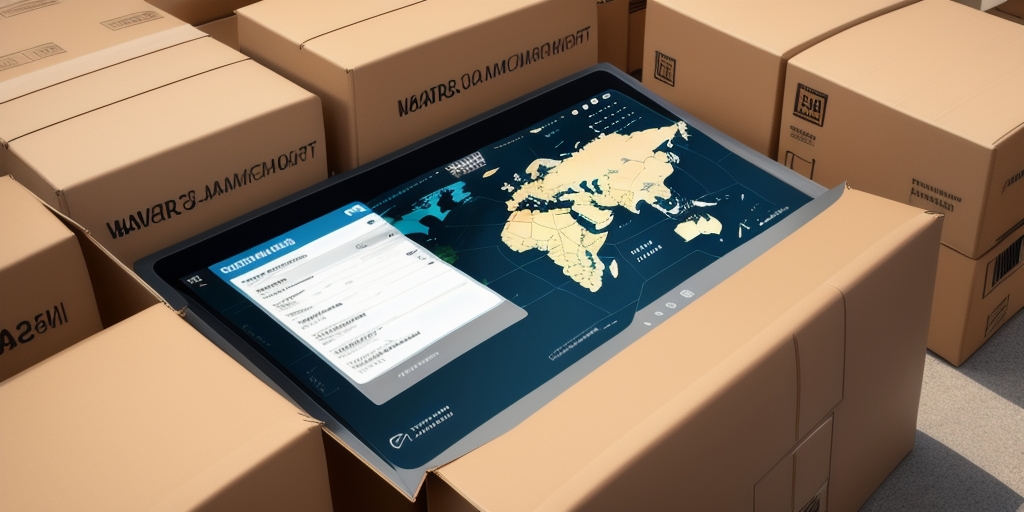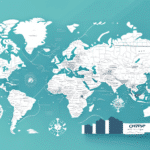Optimizing UPS Worldship: Importing Maps Without Database Tables
UPS Worldship is an essential tool for businesses managing their shipping operations efficiently. One critical feature is the ability to import maps, which streamlines the shipping process by automating route planning and rate calculations. However, traditional methods of importing maps often require direct access to the database, which can be restrictive and time-consuming. This guide explores alternative methods to import maps into UPS Worldship without relying on database tables, ensuring a smoother and more efficient workflow.
Benefits of Importing Maps in UPS Worldship
Time Efficiency and Error Reduction
Importing maps into UPS Worldship automates the routing process, significantly reducing the time spent on manual data entry. According to a Statista report, businesses can save up to 30% in operational time by automating shipping routes.
Enhanced Package Tracking Accuracy
Utilizing imported maps ensures precise package tracking by providing real-time updates on shipment locations. This accuracy not only improves customer satisfaction but also enhances overall logistics management.
Requirements for Importing Maps into UPS Worldship
Software and Data Compatibility
Before importing maps, ensure that you have the correct version of UPS Worldship installed. The software must support map integration formats such as ESRI Shapefile, MapInfo Interchange Format (MIF), and Keyhole Markup Language (KML).
System Permissions and Backup
Ensure you have the necessary permissions to install and modify software on your computer. Additionally, always back up existing map data to prevent data loss during the import process.
Essential Tools for Successful Map Importation
Map Integration Software
Utilize reliable map integration tools like Google Maps API or MapPoint to prepare your map data for importation.
Compatible Map Formats
Ensure your map data is in a supported format (.MAP, .KML) to facilitate seamless integration with UPS Worldship.
Updated UPS Worldship Software
Keep your UPS Worldship software updated to the latest version to benefit from improved features and security enhancements.
Step-by-Step Guide to Importing Maps Without Database Tables
- Install Map Integration Software: Begin by installing your chosen map integration tool on your computer.
- Import Map Data: Load your map data into the integration software, ensuring it's in the correct format.
- Configure Settings: Adjust the integration software settings to align with UPS Worldship's requirements.
- Export Compatible Map File: Export the configured map data into a UPS Worldship-supported format like .csv or .xls.
- Launch UPS Worldship: Open UPS Worldship and navigate to the "Import Maps" option under the "Tools" menu.
- Complete the Import Process: Select your exported map file and follow the on-screen instructions to finalize the import.
Always test the imported maps in a controlled environment to verify accuracy before applying them to live shipments.
Overcoming Common Challenges
Compatibility Issues
Ensure that both your map integration software and UPS Worldship are compatible. Refer to the official UPS Worldship documentation for compatibility guidelines.
Data Accuracy
Inaccurate map data can lead to routing errors. Regularly update your maps and validate data integrity before importing.
Best Practices for Successful Map Importation
- Verify Compatibility: Always confirm that your map data and integration tools are compatible with UPS Worldship.
- Maintain Data Accuracy: Regularly update and validate your map data to prevent errors.
- Secure Your Data: Use reputable integration software and maintain strong security protocols to protect your shipping data.
- Regular Testing: Periodically test your imported maps to ensure they function correctly and efficiently.
Maintaining Up-to-Date Maps
Regular updates to your map data are crucial for maintaining accurate shipping routes and rates. Businesses should consider updating their maps at least semi-annually or whenever significant changes occur in delivery areas. Utilizing sources like Esri ensures access to the latest geographic information.
Comparing Import Methods
Direct Database Import vs. File-Based Import
While importing directly into the database offers streamlined data management, it can be restrictive for businesses with limited database access. File-based imports provide greater flexibility and are often easier to manage without direct database interactions.
Third-Party Integration Software
Third-party tools may offer advanced features like real-time tracking and route optimization. However, they come at an additional cost and require thorough evaluation to determine their suitability for your business needs.
In conclusion, importing maps into UPS Worldship without relying on database tables can enhance your shipping operations' efficiency and accuracy. By following the outlined steps and best practices, businesses can leverage this functionality to improve logistics management and customer satisfaction.






















